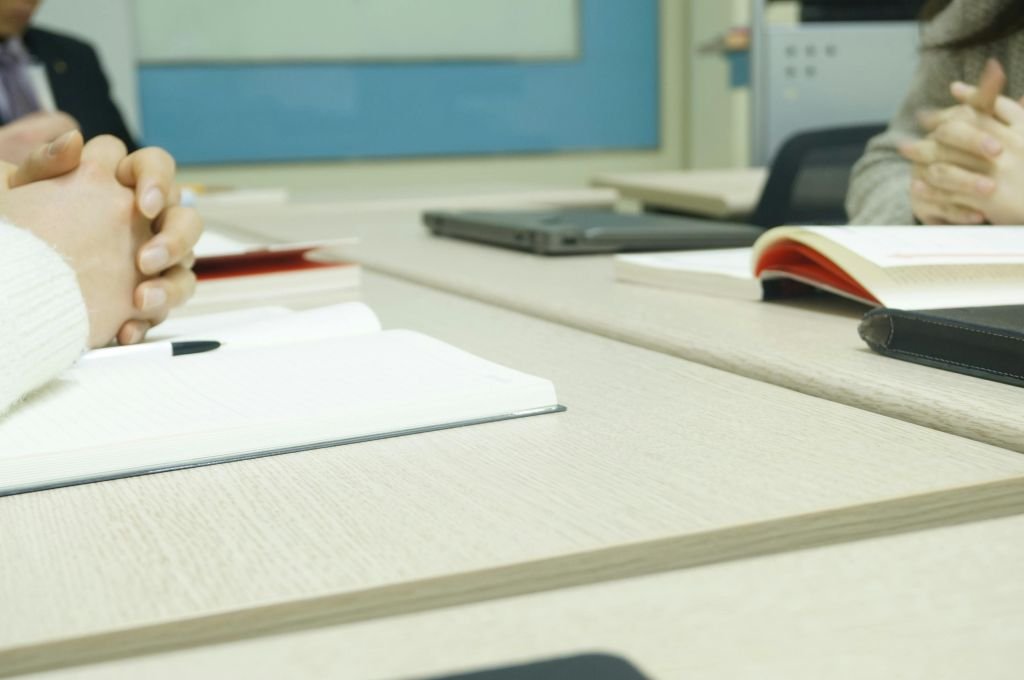
Why do we need a design brief?
In the realm of creative endeavors, the design brief stands as the unsung hero, guiding the trajectory of the entire design process. As we delve into the intricate tapestry of design, it becomes evident that a well-crafted design brief is not just a formality but a cornerstone that influences the very essence of a project.
Defining the Design Brief
A design brief is more than a mere document; it is the compass that orients designers toward the true north of their creative journey. It encapsulates the client’s vision, project requirements, and desired outcomes, serving as a roadmap for the design team. In essence, a meticulously prepared design brief is the catalyst that transforms abstract ideas into tangible, visually stunning realities.
Streamlining Communication
One of the primary functions of a design brief is to foster clear and concise communication between stakeholders. By articulating expectations, goals, and preferences, it bridges the gap between clients and designers, ensuring a shared understanding of the project’s objectives. This alignment at the outset lays a sturdy foundation for the subsequent phases of the design process.
Unveiling Creative Possibilities
The design brief is not a restrictive document; rather, it is an open doorway to creative exploration. It provides designers with insights into the client’s brand, ethos, and aesthetic preferences, empowering them to infuse these elements seamlessly into the design. Through a well-crafted design brief, designers gain a nuanced understanding of the client’s aspirations, enabling them to push creative boundaries while remaining aligned with the project’s essence.
Enhancing Efficiency and Focus
Efficiency is the lifeblood of any successful project, and a detailed design brief is the linchpin in achieving it. By delineating project scope, deadlines, and key deliverables, the design brief acts as a project management tool, guiding the team through the design labyrinth. This meticulous planning enhances focus, minimizes ambiguity, and ensures a streamlined workflow from concept to execution.
The Ripple Effect on Client Satisfaction
Client satisfaction is the ultimate litmus test for any design project, and the design brief plays a pivotal role in achieving it. By providing a clear roadmap, it manages client expectations, reducing the likelihood of misunderstandings or misalignments. A satisfied client is not merely a testament to a successful project but becomes a brand ambassador, amplifying positive word-of-mouth that can significantly impact the business.
Overcoming Challenges through a Robust Design Brief
In the ever-evolving landscape of design, challenges are inevitable. However, a well-crafted design brief serves as a shield against potential pitfalls. It anticipates challenges, addresses them proactively, and ensures that the design process remains a smooth, well-oiled machine.
Conclusion
In the intricate dance between creativity and functionality, the design brief emerges as the choreographer, orchestrating a harmonious symphony of ideas, visions, and aspirations. Its significance transcends the periphery of a mere document; it is the lifeline that breathes vitality into the design process. As we navigate the dynamic terrain of design, let us not underestimate the potency of a meticulously prepared design brief — the silent architect of visual masterpieces.

